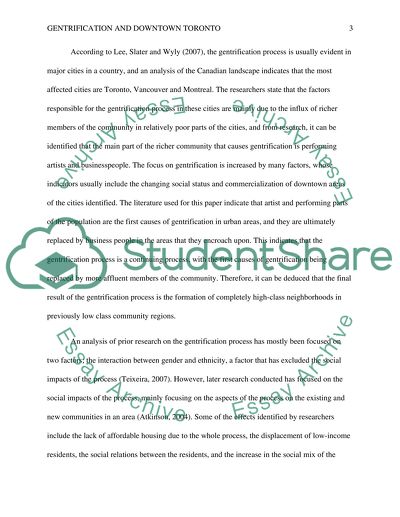Cite this document
(“Gentrification and the Social Impact on Downtown Toronto Research Paper”, n.d.)
Retrieved from https://studentshare.org/sociology/1435567-gentrification-and-the-social-impact-on-downtown
Retrieved from https://studentshare.org/sociology/1435567-gentrification-and-the-social-impact-on-downtown
(Gentrification and the Social Impact on Downtown Toronto Research Paper)
https://studentshare.org/sociology/1435567-gentrification-and-the-social-impact-on-downtown.
https://studentshare.org/sociology/1435567-gentrification-and-the-social-impact-on-downtown.
“Gentrification and the Social Impact on Downtown Toronto Research Paper”, n.d. https://studentshare.org/sociology/1435567-gentrification-and-the-social-impact-on-downtown.


